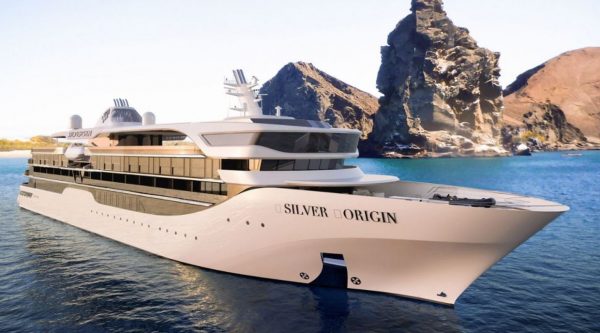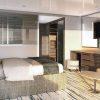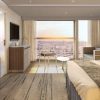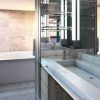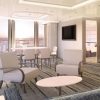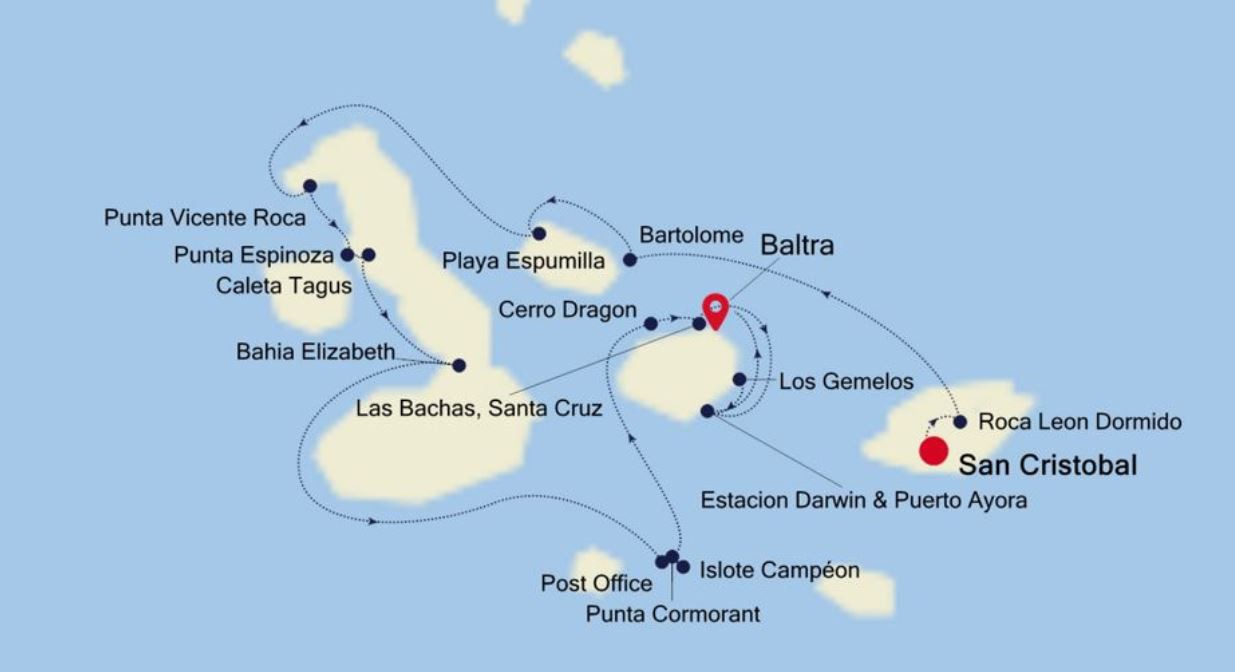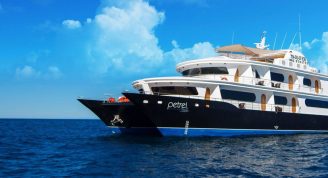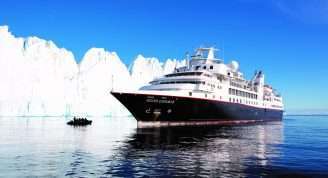Description
Ecuador It was Darwin’s Origin of Species that made the Galapagos Islands famous, but the wildlife here made them legendary. This western itinerary allows you to get up close to giant tortoises, lava lizards, sea lions, penguins and more. Of course, there is so much more: tidal pools and lava fields, Pinnacle Rock and saltwater lagoons. Soak in the splendor of these iconic isles on this cruise.
Trip Name
San Cristobal to Baltra Luxury Galapagos Cruise
Days
8
Overview
Vessel Type: Luxury Expedition
Length: 101 metres
Passenger Capacity: 100
Built: 2020
The first destination specific ship built by Silversea, Silver Origin is the height of experiential travel in the Galapagos. Never before have the islands been so superbly presented: a team of Ecuadorian national expert guides, the highest crew-to-guest ratio in the Galapagos, 8 Zodiacs, seamless hybrid spaces that offer an extraordinary voyage – for extraordinary people. All-suite accommodation, Horizon Balconies, butler service, sophisticated interiors, interactive basecamp, Ecuadorian inspired cuisine … no aspect of Silver Origin has been left to chance. The most environmentally conscious ship we have ever built, take a vertical leap and transform your idea of travel with Silver Origin.


